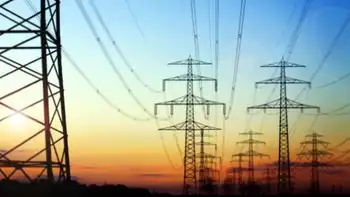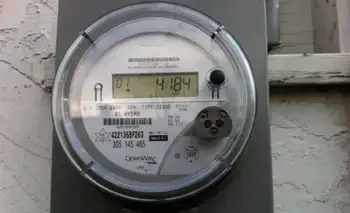More Efficient Wind Turbine Blade Designed
Named "STAR" for Sweep Twist Adaptive Rotor, the blade is the first of its kind produced at a utility-grade size. Its most distinctive characteristic is a gently curved tip, termed "sweep," which unlike the vast majority of blades in current use, is specially designed for low-wind-speed regions like the Midwest. The sites targeted by this effort have annual average wind speeds of 5.8 meters per second, measured at 10-meter height. Such sites are abundant in the U.S. and would increase by 20-fold the available land area that can be economically developed for wind energy.
Sized at 27.1 meters - almost three meters longer than the baseline it will replace - the blade improves energy capture at lower wind speeds. Instead of the traditional linear shape, the blade features a curvature toward the trailing edge, which allows the blade to respond to turbulent gusts in a manner that lowers fatigue loads on the blade. It is made of fiberglass and epoxy resin.
"This design allows the blade to twist more than traditional designs, thus relieving some of the effects of gusty turbulent wind on blade life," says Tom Ashwill, who leads Sandia's blade research efforts. "This then allows us to grow the blade length for the same rotor, providing for increased energy capture of 5-10 percent and yet retaining the same expected fatigue life."
Sandia is a National Nuclear Security Administration (NNSA) laboratory.
The K&C contract is part of the Low Wind Speed Technology (LWST) project that targets wind sites that are not the strongest but plentiful. In late 2005 the Department of Energy (DOE) and Sandia awarded Knight & Carver the $2 million contract that includes $800,000 in K&C cost share. Because of budget reallocations, this project was the only one of several LWST projects to receive 2007 funding.
Sandia's role in the project has been in directing design and test planning. The K&C team provided the detailed design and blade fabrication.
The first STAR blade was tested in January at Knight & Carver's fabrication facility in San Diego to determine its bending and twist behavior due to static loads. Natural frequencies were also measured. This data will be compared to design simulations to determine how well the design concept performs. Four additional blades will be fabricated in the first quarter of 2007 - three of which will be flight-tested on a turbine in Iowa.
"The DOE interest and funding are a big step for us," Ashwill says. "We've been pushing for the incorporation of innovative concepts into utility-scale blades for some time now as a way of reaching program goals of lowered cost of energy."
He adds that the continued increase in the average size of utility-grade wind turbines may come to an end before all efficiencies are wrung out unless blade weight growth (which is nonlinear) can be reined in. The challenge is to develop new concepts that reduce the rate of weight growth, such as the swept STAR blade.
Other weight-reducing concepts such as carbon spar caps, off-axis carbon fibers that facilitate bend-twist coupling, and new "structural" airfoils have been incorporated at a smaller scale in 9-meter-long prototype blade being flight-tested at Sandia's test site in Bushland, Texas, at the U.S. Department of Agriculture ARS (Agriculture Research Station) facility.
Related News

Alberta Advances Electricity Plans with Rate of Last Resort
ALBERTA - The Alberta government has announced significant strides in its electricity market reforms, unveiling a new plan that aims to enhance energy reliability and affordability for consumers. This initiative, highlighted by the introduction of a "rate of last resort," is a critical response to ongoing challenges in the province's electricity sector, particularly following recent market volatility and increasing consumer concerns about rising energy costs.
Understanding the Rate of Last Resort
The "rate of last resort" (RLR) is designed to ensure that all Albertans have access to affordable electricity, even when they face challenges securing a competitive rate in the…





